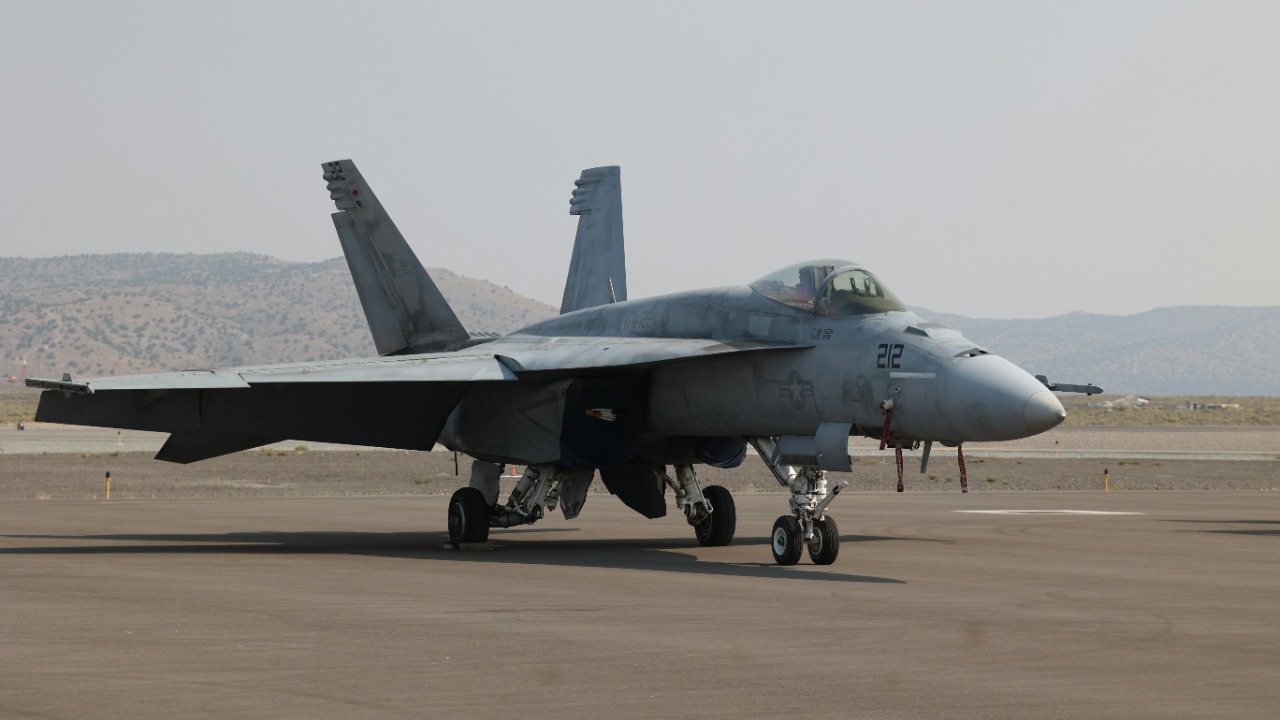
The U.S. Navy is set to enhance pilot safety during low-altitude operations by integrating the Automatic Ground Collision Avoidance System (AGCAS) into its F/A-18E/F Super Hornets and EA-18G Growlers. This initiative, announced on November 12, 2025, aims to retrofit the existing aircraft fleets with the technology initially developed for F-35s and F-16s, thereby reducing the risk of controlled flight into terrain incidents across its carrier-based strike and electronic warfare platforms.
What is AGCAS?
AGCAS is an autonomous system that detects imminent ground collisions and takes over aircraft control to execute a recovery maneuver. Initially integrated into F-35 and F-16 aircraft, this system differs from traditional terrain avoidance systems by providing hands-off intervention in the final seconds before impact. The U.S. Navy’s interest in this technology for Super Hornets and Growlers stems from its potential to significantly enhance pilot safety during low-altitude operations.
The system relies on advanced sensors and flight control laws to ensure compatibility with high-performance jets. This compatibility is crucial for the Navy’s plan to retrofit its Super Hornets and Growlers with AGCAS, as these aircraft are designed for high-speed, high-stress operations.
Background on Super Hornets and Growlers
The F/A-18E/F Super Hornet is the Navy’s primary multirole fighter, with over 500 aircraft in service. The plan to add AGCAS as a retrofit to these platforms is a significant step towards enhancing their operational safety. The EA-18G Growler, an electronic attack variant derived from the Super Hornet, is also included in the U.S. Navy’s AGCAS upgrade initiative. The Growler plays a crucial role in suppressing enemy air defenses, making the integration of AGCAS a vital safety enhancement.
Super Hornets and Growlers share a common airframe heritage, which facilitates unified safety enhancements like AGCAS integration. This shared heritage simplifies the retrofit process, allowing for a more streamlined and efficient upgrade across both platforms.
Rationale for Navy Adoption
The U.S. Navy’s decision to add AGCAS to its Super Hornets and Growlers comes amid rising concerns over controlled flight into terrain accidents in training and combat scenarios. The successful deployment of AGCAS in other U.S. aircraft fleets has proven its effectiveness as a safety booster, making it a logical choice for expansion to carrier-based operations.
Operational benefits of AGCAS include increased pilot confidence during low-level missions. By reducing the risk of controlled flight into terrain incidents, pilots can focus more on their mission objectives and less on the potential hazards of low-altitude operations.
Technical Integration Challenges
While the benefits of AGCAS are clear, integrating the system into legacy Super Hornet and Growler systems presents several engineering challenges. These include software updates to flight controls and ensuring compatibility with existing avionics. Additionally, the system will need to undergo extensive flight testing to ensure its reliability and effectiveness in the demanding operational environments of the Super Hornet and Growler.
Modifications may also be necessary to ensure AGCAS performs reliably in naval environments like carrier landings. These modifications will need to be carefully designed and implemented to maintain the overall performance and capabilities of the aircraft.
Timeline and Implementation Details
The U.S. Navy is currently in the exploratory phase of adding AGCAS to its Super Hornets and Growlers. Initial studies are underway, with a phased rollout expected to begin with prototypes before scaling to fleet-wide integration. The procurement and certification processes will be overseen by bodies like the Naval Air Systems Command (NAVAIR).
Broader Implications for Naval Aviation
The integration of AGCAS into the Navy’s F/A-18 fleet could significantly lower accident rates, enhancing overall mission readiness for Super Hornets and Growlers. This safety enhancement could also have ripple effects on training programs, allowing pilots to engage in more aggressive low-altitude tactics with reduced risk.
Long-term cost savings from fewer losses are another potential benefit of AGCAS integration. While the initial investment in this technology is substantial, the potential savings from reduced accident rates could more than offset the cost in the long run. As the U.S. Navy continues to prioritize pilot safety and operational effectiveness, the adoption of AGCAS represents a significant step forward in these efforts.
More from MorningOverview